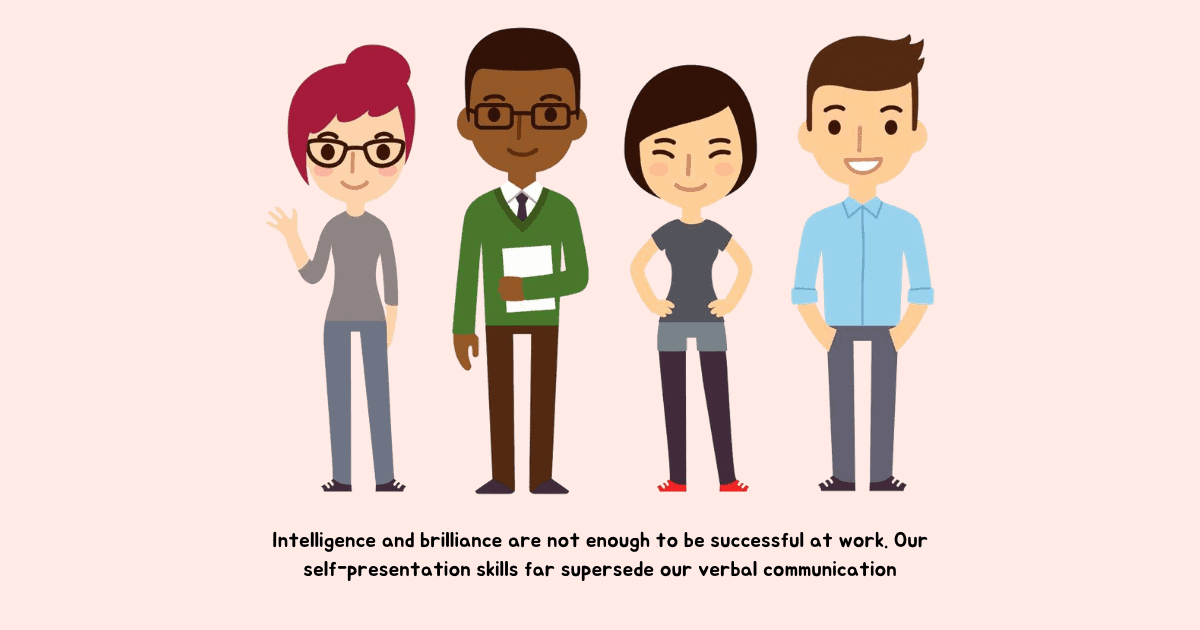Understanding the Experience of Going Nonverbal: A Deep Dive into the Unspoken Realm

Introduction:
Communication is a fundamental aspect of human interaction, typically relying on spoken language to convey thoughts, emotions, and ideas. However, for some individuals, there are moments when words become elusive, and communication takes a different form—entering the realm of nonverbal expression. In this article, we will explore what it feels like to go nonverbal, delving into the emotions, challenges, and unique aspects of this experience. Additionally, we will address frequently asked questions to provide a comprehensive understanding of this often-misunderstood phenomenon.

The Spectrum of Nonverbal Communication:
Before delving into the subjective experience of going nonverbal, it’s crucial to acknowledge that nonverbal communication exists on a spectrum. It can encompass a wide range of expressions, including gestures, facial expressions, body language, and even written or alternative forms of communication. Going nonverbal doesn’t necessarily mean a complete absence of communication but rather a shift in the mode of expression.
The Sensation of Silence:
For individuals who experience going nonverbal, the sensation is often described as a sudden stillness—a profound silence that descends upon their ability to articulate thoughts through spoken words. Imagine standing at the edge of a quiet lake, where the only ripples are those created by your own thoughts. This silence can be both liberating and frustrating, creating a paradoxical landscape where words cease to flow, but emotions surge with intensity.
Must Read-= Unveiling The Origins: Who Invented The Rose Toy?
Emotional Landscape:
The emotional impact of going nonverbal is diverse and highly individualized. Some individuals may feel a sense of isolation or frustration, struggling to convey complex thoughts or emotions without the aid of spoken words. On the flip side, there are those who find solace in the silence, as it provides a respite from the demands of verbal communication. Understanding this emotional landscape is crucial in fostering empathy and support for those experiencing moments of nonverbal expression.
Challenges of Nonverbal Communication:
While going nonverbal might offer relief for some, it poses unique challenges, particularly in a society where verbal communication is the norm. Communicating needs, expressing discomfort, or navigating social situations can become intricate tasks, requiring alternative means of expression. This can be a source of frustration, as individuals grapple with the limitations imposed by their nonverbal state.
Breaking the Silence:
Emerging from a nonverbal state is a process as varied as the individuals experiencing it. Some find comfort in gradually reintegrating spoken language, while others may prefer alternative forms of communication. Breaking the silence is not always a straightforward journey, and the support of friends, family, and professionals can play a pivotal role in this process.

FAQs:
1. Is going nonverbal a temporary or permanent state?
Going nonverbal is often a temporary state, occurring in response to various factors such as stress, anxiety, sensory overload, or other emotional triggers. However, for individuals with certain neurodevelopmental or neurological conditions, nonverbal episodes may be more persistent. It’s essential to consider the individual’s specific context and seek professional guidance if needed.
2. How can friends and family support someone who is nonverbal?
Supporting a nonverbal individual involves patience, empathy, and a willingness to explore alternative modes of communication. Encourage the use of gestures, written communication, or assistive devices if applicable. Creating a safe and non-judgmental space is crucial, allowing the individual to express themselves in ways that feel comfortable to them.
3. Are there benefits to going nonverbal?
While the challenges of nonverbal communication are evident, some individuals find benefits in the experience. It can serve as a coping mechanism, offering a break from the demands of verbal expression. Additionally, it may prompt a deeper exploration of alternative forms of communication, fostering creativity and adaptability.
4. When should one seek professional help for nonverbal episodes?
If going nonverbal is causing significant distress, impacting daily functioning, or occurring frequently, it may be advisable to seek professional help. A mental health professional or a speech-language pathologist can assess the underlying factors contributing to nonverbal episodes and provide tailored interventions or strategies.

Conclusion:
Going nonverbal is a unique and complex experience, influenced by various factors and manifested differently in each individual. Understanding the emotions, challenges, and nuances of nonverbal communication is crucial for fostering empathy and support. As we navigate a world dominated by spoken language, acknowledging and respecting the diverse ways individuals communicate is a step towards creating a more inclusive and understanding society.




